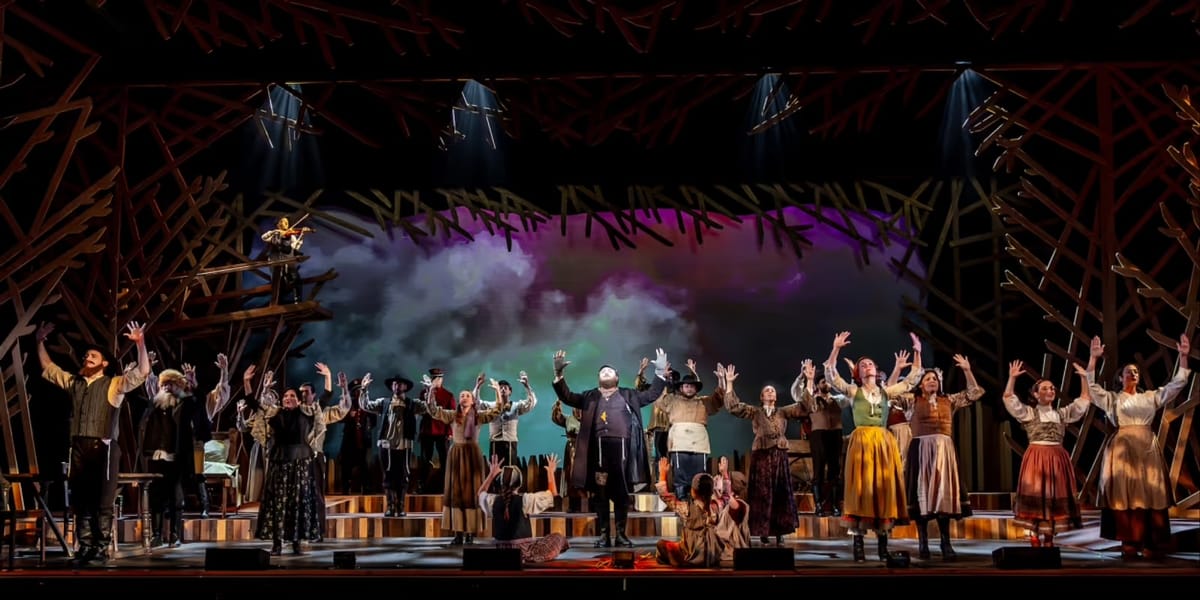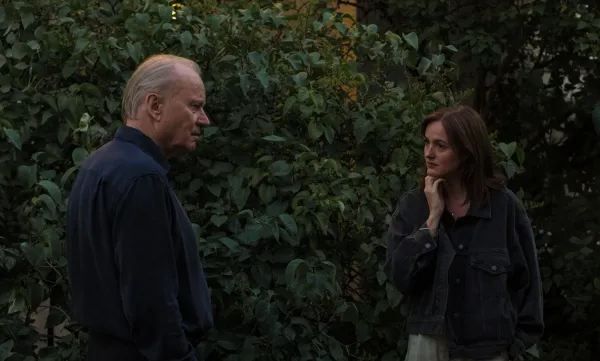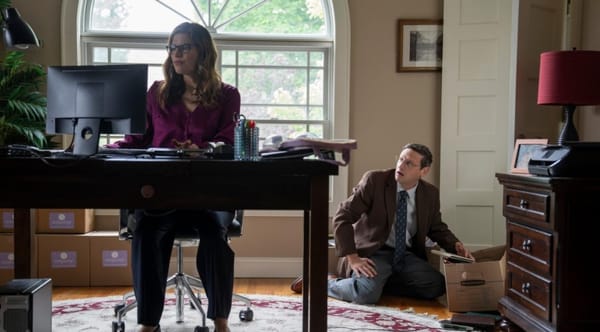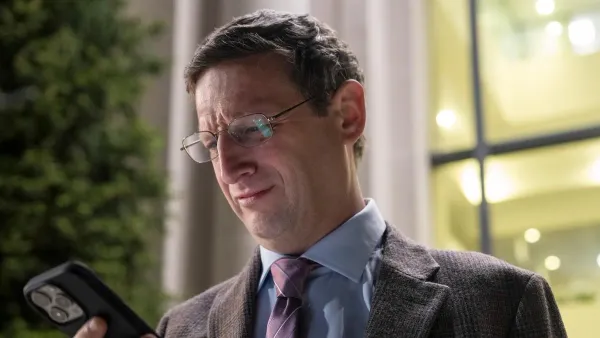Traditions of Tradition

Fiddler on the Roof is a totemic piece of midcentury Ashkenazi-American culture. Joseph Stein, Jerry Bock, and Sheldon Harnick’s 1964 musical Based on Sholem Aleichem’s stories about Tevye the Milkman, has served, for better or for worse, as the last shred of the shtetl in the American zeitgeist since it premiered. At that time, alongside massive acclaim, Philip Roth infamously dismissed the whole enterprise as “shtetl kitsch”. In the intervening years, as Fiddler’s legend has grown, it has been argued that the liberties it takes with the source material flatten not just Aleichem’s elegiac writing, but the lives and conditions of generations of actual European Jews. Fiddler on the Roof has left a mark on America’s relationship with Jews and Jewishness, and that is a hard circle to square.
Luckily Music Theater Works’ production, directed by L. Walter Stearns, is an example of Fiddler at its best. If you don’t know the story of Fiddler, I’ll do a brief rundown. Tevye is a milkman in a shtetl in 1905 Russia (what my great-grandmother would have referred to as “over there”) who shares three adolescent daughters with his long-suffering wife Golde. The characters deal with the poverty of Anatevka, all three of his daughters fall in love, and the Anatevkans must cope with encroaching modernity. However, the real threat is that of the Russian government, whose violence and callousness leads to the unthinkable.
Performed by a cast blessed with gorgeous voices, backed by a 20-piece orchestra conducted by Valerie Gebert, Harnick and Bock’s songs sparkle sixty years later. Marla Lampert’s choreography is referential of previous iterations (particularly Norman Jewison’s 1971 movie), but graceful and athletic on its own terms. The production elements, particularly Bob Knuth’s spare set and Andrew Meyers’ dramatic lighting, are a masterclass of restraint in design for a big musical.
The cast’s portrayals of their roles are perhaps a little orthodox (ha), leaning on what feels expected of these legendary roles, particularly Sam Nachison’s Tevye. For what it’s worth, Tevye is one of those classic musical theatre protagonists who is unfortunately sort of boring, a blank slate for the audience to project on. Nachison leans heavily on mannerisms encoded in the role via Zero Mostel and Chaim Topol’s legendary portrayals, but that’s more an issue of how definitive those performances are than an actual rag on Nachison. He is an excellent singer, with a commanding baritone that can bark out “Tradition” and sound delicate in his ballads. As Tzeitel, Hodel and Chava, Tevye and Golde’s daughters, Madison Uphoff, Elissa Newcorn, and Madison Jaffe-Richter sing wonderfully, transcending the occasional one-dimensionality of Stein’s female characters. Mitzi Smith imbues Golde with an excellent dry wit. Here, Golde is equally fed up with and adoring of her husband’s erraticisms. David Servillo is excellent as a gruff, intense Lazar Wolf whose generous turns in the second act come as a lovely surprise, not just tropey character growth.
Stein’s first act moves like a freight train, leaving lots of cleanup for the second act. It ties up its loose ends well enough, but it lacks the exhilaration of the first. The back half of the first act, from a rollicking “The Dream” into a stunning “Sunrise Sunset” and a marvelous wedding sequence, make the case not just for this production but also the possibility of Fiddler being the best musical of the 1960s.
There’s also a certain poetry about staging Fiddler in Skokie, a Chicago suburb home to a sizable Jewish population, an enclave that bloomed around the time of Fiddler’s premiere in 1964. The residents of Skokie are the Ashkenazi boomers reared on Fiddler, who treat it as a legitimate artifact of the world their parents and grandparents escaped.
But, well, it isn’t. As beautiful as it is, Fiddler on the Roof is a copy of a copy, an adaptation by American Jews of Aleichem’s pastiches of Yiddish folktales. In a time where Jewish cultural memory is being weaponized to rationalize a genocide, Fiddler has the potential to serve as daring commentary, speaking to the commonalities shared by all oppressed and colonized peoples. Seeing the Jews of Anatevka forced to consort with an occupying force (as they do in “To Life”) is chilling, and the Russians’ assault on Tzeitel and Motel’s wedding brings to mind countless horror stories from the West Bank, Gaza, and many other occupied parts of the Middle East.
Per his program note, Stearns wants us to see the Anatevkans as refugees in an abstract sense. Yet that feels like cold comfort when Yente’s announcement that she’s headed to “the Holy Land” is met with approving sighs and murmurs of approval from the audience. While that line is spoken in 1905, it was written in 1964, nearly twenty years after the Nakba, long past the point that anyone could still reasonably view Zionism as an idealistic utopian project (they still did, of course). The framing of the Anatevkans in the context of modern refugees is admirable, but it butts up against the chauvinism inherent in Fiddler.
A recent London production drew notice for hiring security, presumably to fend off Palestinian solidarity protestors. However, Fiddler’s lessons about the importance of tradition and family ties in the face of land theft and forced displacement should be taken as elements of the show’s potential for universality. Those values are not just “by Jews, for Jews”.
For what it’s worth, the Eastern European Ashkenazi customs represented in Fiddler only speak to a sliver of Jewish experiences, but that’s the stuff dissertations are made of. Fiddler on the Roof may be the cultural embodiment of the “two Jews, three opinions” trope. So much about Fiddler misses the mark in 2025, but that’s what makes it such an incredible piece of musical theatre history. Music Theater Works’ production draws out the essence of what works about it by spotlighting spectacle while gesturing to its thought-provoking nature.




